Rick's b.log - entry 2015/01/10 |
| ||||||
mailto: blog -at- heyrick -dot- eu
You are not reading my b.log using HTTPS. You can switch to HTTPS by clicking here. Technisat Skystar S2 - easy come, easy go...What should have been is an article describing the Technisat Skystar S2. This, a PCI satellite receiver with half-height bracket option and IR controller (plus a dongle to receive the signals) was everything that I was looking for. It could receive standard definition video from a satellite feed. It supports DiSEqC for satellite switching. It can record to harddisc. The required specification is well within the capabilities of the boot sale PC that I got last year. And, to top it all off, it was on special offer from an Amazon vendor for twenty euros. Plus Amazon fulfilled the shipping so it got here quickly. What was not to like?
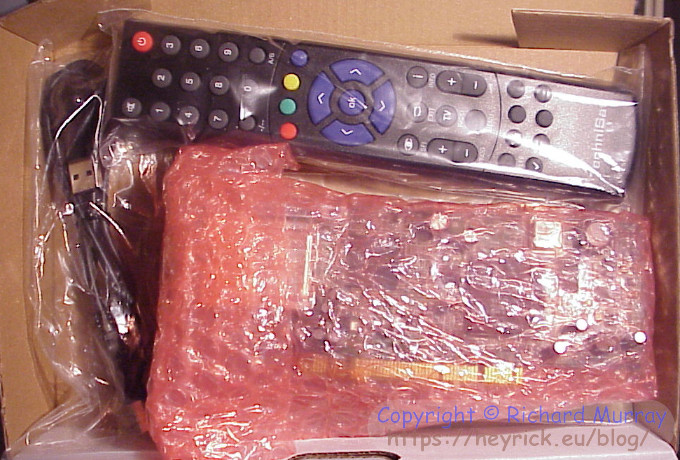 Just one itty bitty little problem. Where's the CD? No information paper, no CD, nothing other than the hardware. Huh? So I loaded up the drivers for my cheap little WiFi dongle and then plugged that in. Not a great signal, but it worked.
I then inserted the Skystar S2 into the PC and the machine discovered a network controller. This seemed rather bizarre, but the card does have a MAC address written on it, so I guess this is correct. Unfortunately the plug'n'play didn't manage to find anything. As a last ditch attempt, the hardware installation wizard asked me to insert the CD. Yeah, right.
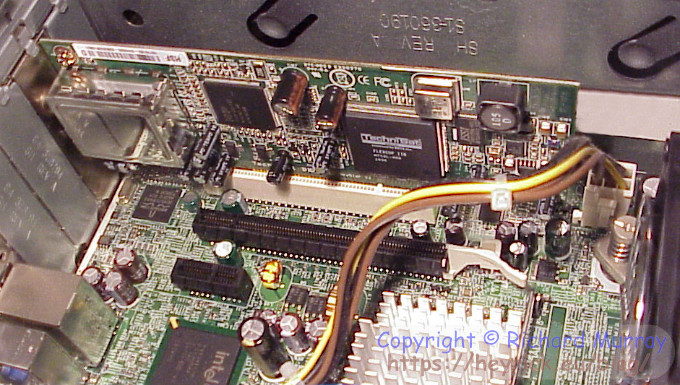 The next place to look - the Technisat website - was a no go. No mention whatsoever of the Skystar S2. It's HD stuff now. Thanks for keeping older files around, guys...
So I turned to Google. Found a driver package pretty quickly. 49MiB downloaded and unzipped, checked and installed. It seemed good, until it came to the obligatory "you installed stuff now reboot" part. The Windows startup jingle was silenced in the middle and the system froze. Not even the mouse pointer worked. Reboot. Same. Oh dear. Well, luckily I had created a system restore point so I could uninstall the two things that the installer had created, then restore to the way the machine was prior to doing any of this.
I contacted Amazon. Their help service wouldn't let me contact the vendor directly so I sent my message to Amazon asking for a CD. I pointed out that I program ARM devices as a hobby so I was fine with technical things (so kindly don't waste my time with stuff like "did you insert it correctly"). So, I'm a little unhappy that I can't watch satellite TV on my computer, and I have no idea why this thing was shipped out without drivers, however I can't fault Amazon's service at all.
Here's some more gratuitous electronic porn... ☺ [it will look nicer in a while, when we have colours once again] 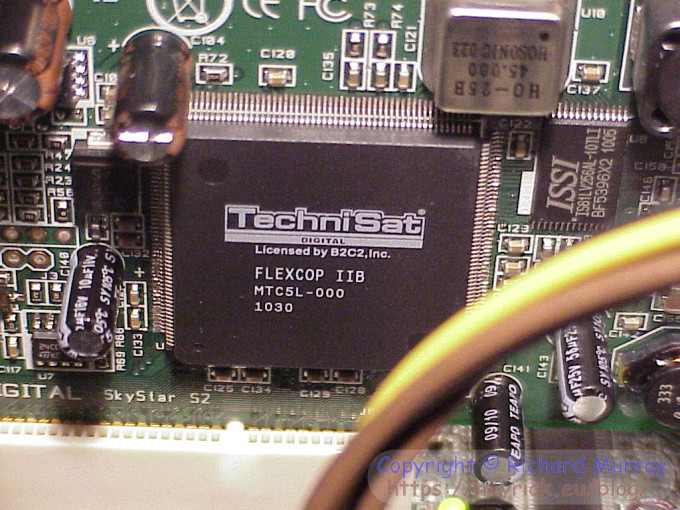
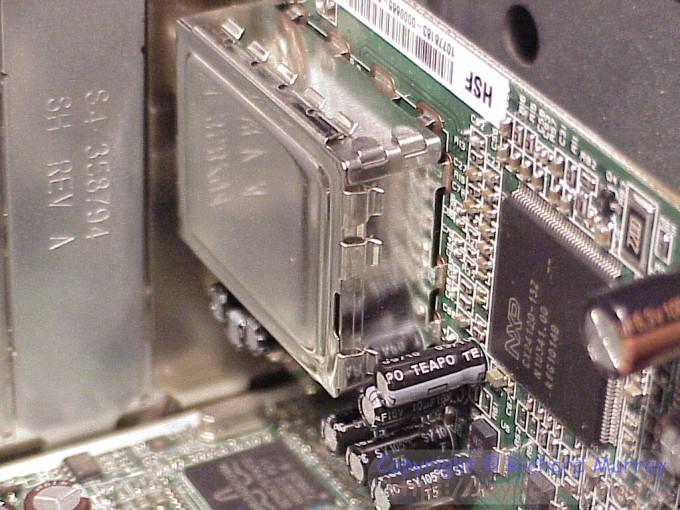
Kodansha's Hiragana WorkbookAlso ordered and delivered at the same time (but not in the same parcel) was this: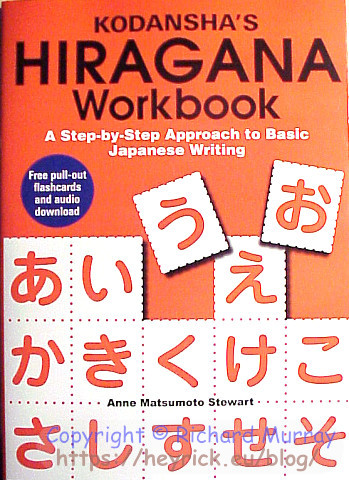
My other workbooks are for katakana. The difference? Hiragana is most commonly used for conjugation and such, but it is possible to write Japanese in hiragana - children do before they know kanji. For example: わたしはにほんごがわかります. Aaaanyway. Having used books and flashcards, I think I can confidently do about 30 basic katakana, plus a few variations (like ドプビパ - do, pu, bi, pa) and maybe five or six I ought to get right but still mess up from time to time. However, Japanese people learn hiragana first so I think I ought to make some effort in this direction as well, rather than pretending that it doesn't exist. Still, I'm not doing badly considering I do very little study other than trying to read signs in the background in animé and films. I might not be great, but I can find myself a bowl of ramen (ラメン) plus where to get ice cream (アイスクリーム) and coffee (コーヒ), so that's the important stuff taken care of. You will notice that it is all written in katakana. I'm not sure why Japanese noodles is written in katakana, unless ramen is actually a Korean import or something... Back to the book. The top of the page introduces the kana with details of how to write it correctly. Then there are lots of spaces to practice, followed by a selection of words to write using kana that you already have learned. Actually, I will make photocopies rather than write directly in the book. It's a shame it isn't spiral bound as photocopying may be a tad challenging. 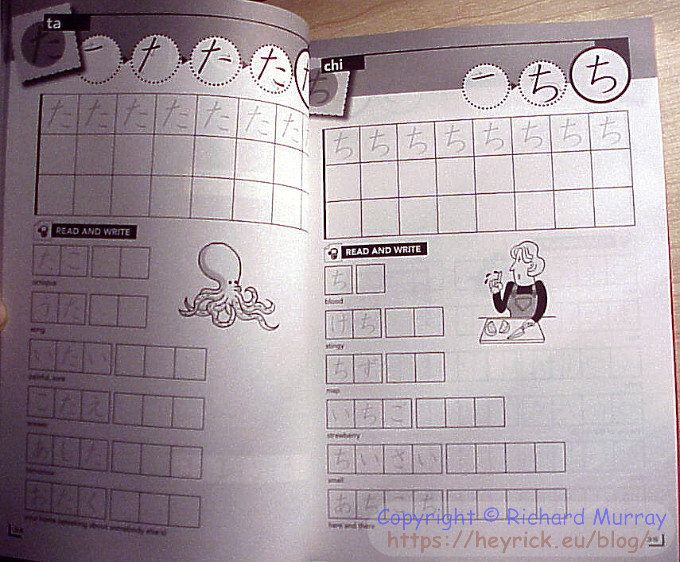
One of the things that I really like about this book is that it uses very little rōmaji. That is to say, the kana examples are presented along with a translation. That's all. There is no pronunciation indication. I know, for instance, the word for delicious in the photo below is oishii (oh-ih-shee) as I've seen plenty of moeballs demonstrating this word. But in this workbook? Nothing. This might seem lame, but actually it is completely the opposite, and was one of the primary factors in my decision to purchase this book (following the "look inside" browse). Why? It is simple. I have a nice katakana book with lots of examples, but there isn't really much impetous to actually learn everything when it all comes supplied with the rōmaji. I know lots of Japanese words are basically English words with Japanese pronunciation (white shirt, anyone?), but since I can see the translation and the rōmaji, it is less useful for absorbing the kana that you're supposed to be learning. Instead, it's like "oh, paa-so-na-ru-ko-n-pyuu-ta, that's shortened down to paa-so-ko-n, I get it...". But I still wouldn't recognise that if I saw it written. 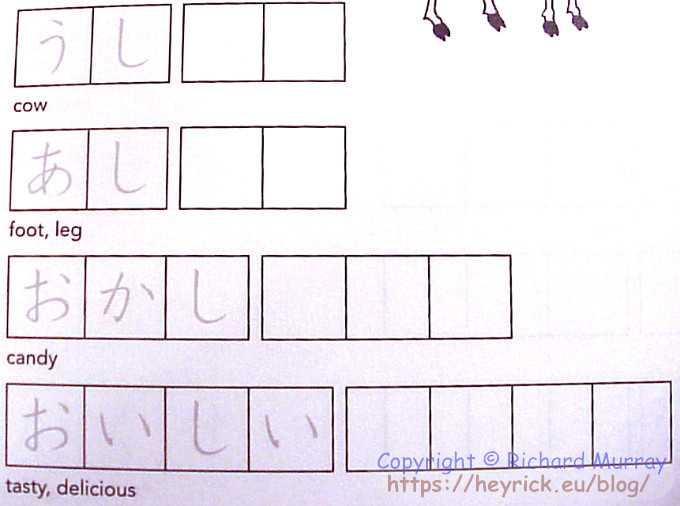 At the back of the book are tear-out flashcards. This is less important for me (I already have the White Rabbit flashcards for both sets of kana), however as a learning aid for others, it is good. It is also especially good as it covers all of the permutations (zu, ji, du and kyo, nya, ryu) with their own flashcards. My set mentions them in with the base kana, but it doesn't have specific cards for these variations. 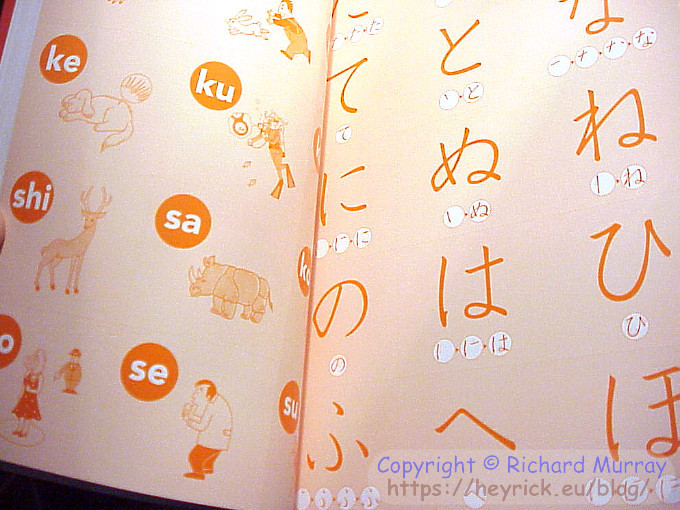
And then... there's Appendix A. The bit that describes all of the "similar looking kana". This is another of the reasons why I have preferred katakana over hiragana...
So, yes. I think I'm going to enjoy this book. It is currently €12,97 on Amazon.fr
Your comments:Please note that while I check this page every so often, I am not able to control what users write; therefore I disclaim all liability for unpleasant and/or infringing and/or defamatory material. Undesired content will be removed as soon as it is noticed. By leaving a comment, you agree not to post material that is illegal or in bad taste, and you should be aware that the time and your IP address are both recorded, should it be necessary to find out who you are. Oh, and don't bother trying to inline HTML. I'm not that stupid! ☺ ADDING COMMENTS DOES NOT WORK IF READING TRANSLATED VERSIONS.
|
(Felicity? Marte? Find out!)
📺 The SIBA stories 📹
It's a simple substring match.
Last read at 01:46 on 2024/04/20.
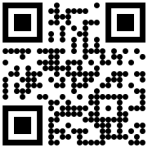

| |||||||||||
| Next entry - 2015/01/11 Return to top of page |
| © 2015 Rick Murray |
| Retrieved from http://www.heyrick.co.uk/blog/index.php?diary=20150110 on 20th April 2024 |


